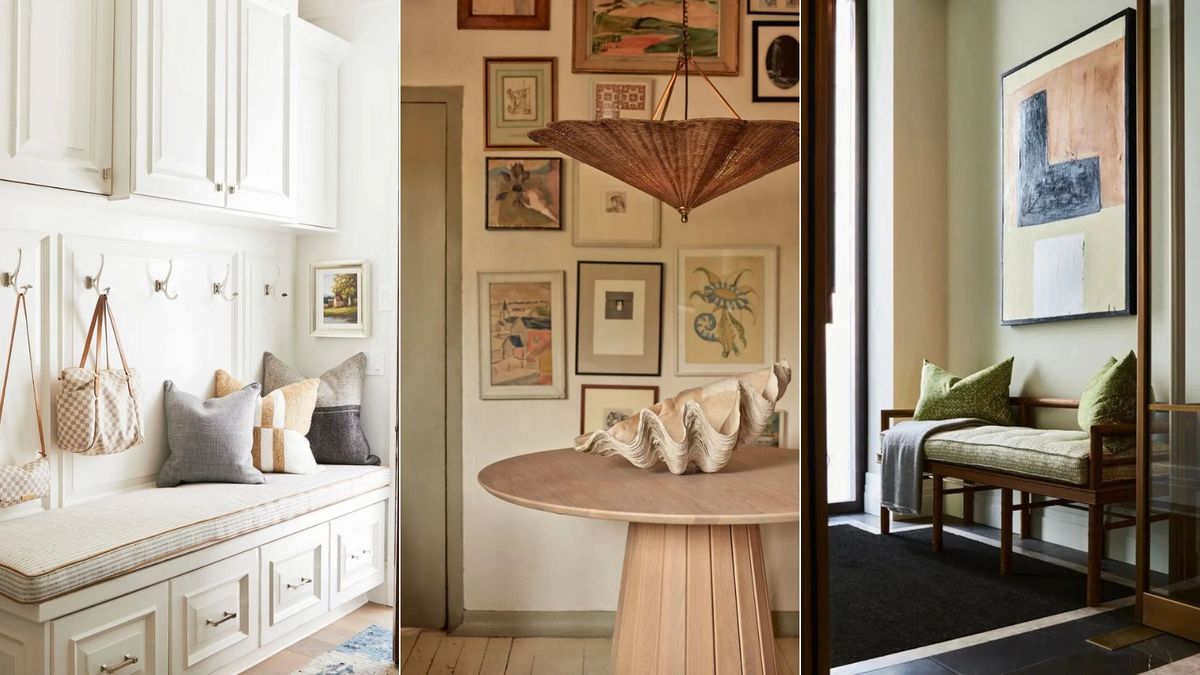5 Tips From Creatives About How To Collaborate Better

Do you work in a creative field? If so, note the following: The most skilled creators within your … [+]
A wealth of research suggests that teams that have members who like each other and get along tend to produce more creative and innovative solutions. University of Maryland professors reveal a new benefit of creative collaborations: The simple act of working on a creative task, such as brainstorming, can also bring colleagues closer together.
In business-to-business (B2B) relationships where trust, transparency and teamwork are essential, getting team members together to collaborate on something creative may just become your company’s secret to success.
Recently, I thought it would be fun to sit down and learn from two successful creatives, Jeremiah Davis and Rory Kramer, both of whom have a reputation for their collaborative and innovative approaches to making videos, such as the popular Chainsmokers “Closer” lyric video that has amassed over three billion views on YouTube. Davis and Kramer shared some of their most important lessons for successful creative collaborations. Below, you’ll find their insights.
1. Don’t Be Afraid To Start The Dialogue
Davis, known as ThatOneBlondKid on Instagram, was an early adopter of the use of drones to create high-impact videos for social media. His career trajectory began in 2015, while he was still in college. Instagram had recently rolled out its direct-message feature. “I saw direct messages as a way to reach out to people I wanted to work with,” he said.
He messaged people in the music and photography worlds, including Kramer, who’d directed Justin Bieber’s “I’ll Show You” music video. The outreach led to an opportunity to shoot drone footage for one of Kramer’s projects. From there, the puzzle pieces of his career began to fall into place.
“I was able to network and collaborate on projects, bringing my creative approach to using drones to where I basically went full-time freelance out of college,” he told me. “Within a year-and-a-half, I found myself touring with 10 different artists around the world, shooting their photo and video content for social media.”
Things kept building and growing, but it all began with Davis starting the dialogue, putting his fears aside and connecting with people who were more established in the spaces he wished to inhabit.
Creative collaborations often include team members with different skill levels and backgrounds. For Davis, it’s important for more experienced collaborators to allow other team members the chance to learn, grow and offer input, just as some of his early mentors did for him when he was less experienced.
“If you’re the big dog, you can kind of get out of the way and trust the process,” he shared. “The idea of collaboration means allowing that other person to express themselves or dig in.”
2. Remember: Relationships Are Important
Similarly, Kramer has built his career through relationships. The Indiana native and video enthusiast moved to Los Angeles when he was 25 years old in search of something more in his life. As is often the case, it took a while for him to find his groove.
On a whim, Kramer began uploading short videos to YouTube, and — through a friend — he connected with 3LAU, a DJ and producer. Kramer’s work with 3LAU allowed him to develop his talent. His network then grew to include superstar performers like Justin Bieber and the Chainsmokers. He even starred in the MTV series “Dare to Live,” which centered around his relationships with music stars.
For Kramer, creative projects are all about relationships: “Having those deep relationships with people, you can understand and know what they are looking for,” he noted. “It makes the process so easy.”
The process of shooting images for Bieber’s “Justice” album showcases the power that relationships can have in creative endeavors. Kramer snapped 1,800 photos of the singer, but one showing Bieber crouched in a tunnel wound up serving as the album’s cover image. Kramer’s connection and comfort with Bieber and good friend Xavi Sotomayor, who secured the photography locations, allowed him to bring out something deeper in the artist.
Kramer is adamant about building relationships with the people who he works with that go beyond the surface of just a co-worker. Related Kramer, “When I work on projects with people that I have a deeper relationship with, magic starts to happen. This is true when it comes to both the artists I work with, as well as other creatives. It is not only personally more rewarding to work on projects with people you like and value, but the end product is always so much better.”
Added Davis, “A strong, trusting foundation between collaborators can allow participants to avoid the typical uncertainties of a partnership, while fueling creativity and innovation. Each person’s roles are well-defined, and there’s a shorthand between the participants — they know what the other is seeking and thinking.”
3. Get Uncomfortable And Put Your Ego Aside
It’s easy for creatives to get stuck in certain tasks and roles. But Davis says this can be dangerous, because every project starts to feel the same. He encourages creatives to actively seek to work with others who push them outside of their comfort zones.
Davis gave a good example of this when he worked on a campaign for a product launch. He initially planned to edit the project, but editing wound up being assigned to someone else with a different vision than he did. They butted heads before finding the right collaborative rhythm.
“Just because this doesn’t feel like your normal flow, doesn’t mean it’s not a success,” he said. “I know I’m a great editor, but so was the other person. Together we brought out the best in each other. My advice is that it’s okay to be uncomfortable, as a great collaboration will likely feel different as individuals each bring their unique talents to the table.”
Added Kramer, “One reason collaborators, especially individuals who are creative and innovative, butt heads is because they are hung up on their expertise and ideas. It’s often easy for the best creatives to have big egos and not be flexible — this is myopic.”
Davis suggested that collaborators openly set the stage for a collaboration to feel different and set expectations at the beginning of any project. Getting uncomfortable means being willing to try new things, along with keeping an open mind as you work with others.
Furthermore, both Kramer and Davis offered the following advice: Great collaborations mean putting your ego aside and being willing to engage in some give-and-take. The important thing is to remember that the end product is what matters most — not necessarily how you get there.
4. Have A Vision
Creativity is unique. There are multiple ways to tap into it, whether via the occasional “a-ha” moment or a more deliberate, methodical thought process. Kramer suggests it’s important to establish a vision for any project you are working with right from the get-go.
“Projects always come out far better when everyone is onboard with an end goal,” shared Kramer. For example, when working with Justin Bieber, all involved parties relied on a mood book. “Justin really wanted a 1990s vibe and having a mood book helped everyone rally around the feel and end game of what we were trying to achieve.”
5. Communicate More Than You Think Is Needed
Given the open-ended, solutions-oriented nature of creative projects, it’s important for collaborators to communicate regularly. Otherwise, it’s easy for team members to fall out-of-sync or drift from their expected roles. Suggested Davis, “Communicate two times more than you think is needed so everything is crystal-clear.”
“Talk it out,” he continued. “Explain why you’re doing what you’re doing. Talk about things you want to do. Ask questions. The more you speak in-person with your co-collaborators, the easier it is to keep everybody on the same page — it keeps everyone at ease, too.”
link





